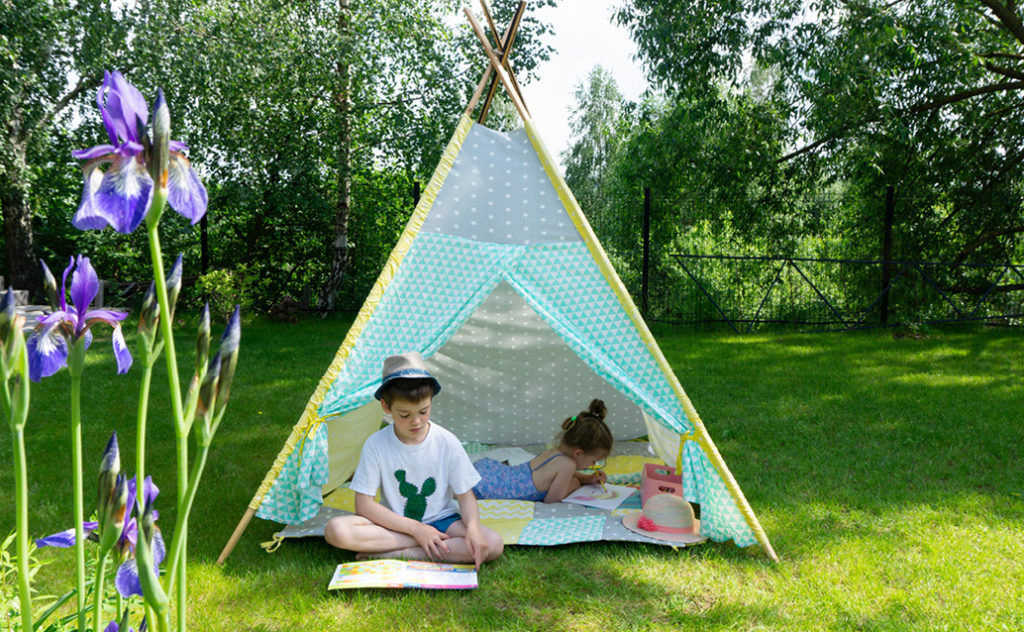
It’s summer and I bet your students are doing a lot of playing. They may be indoors playing video games. They may be outdoors playing on a waterslide. What I can also bet most of your students are not doing is reading.
Both parents and teachers alike know getting students to read can be harder than getting them to eat broccoli for dinner but engaging students over the summer is incredibly important. According to the American Education Research Journal, students in grades 1-8 lose between 17 to 35 percent of the previous school year’s learning during the summer months.
Fortunately, just like you can trick kids into eating veggies by covering them in cheese or mashed potatoes, there are some tricks you can offer parents or employ yourself to trick students into doing more reading over the summer and even enjoy it. The key is to remember that reading doesn’t just happen with books. Building literacy can happen with almost anything.
1. Start a movie club. You may think that watching too many images on a screen is one of the things hindering students from focusing on reading. Quite the contrary! After viewing the movie, ask students what they think and give it a rating from one to five with five being perfect. Then, have students read movie reviews. Have them discuss the movie reviews to see which ones they resonate with most and least. To practice using textual evidence, have students compose how they’d respond to the reviews they agree and disagree with. Finally, have them write their own review using academic vocabulary such as plot, setting, antagonist and conflict, all of which apply to both movies and books.
2. Start an argument. Nothing gets a kid’s adrenaline running than the relentless desire to prove adults wrong. So, start a debate that will cause them to do some serious research. For example, tell them how harmful too much cell phone usage is. If they disagree with you, have them prove you wrong by providing research from credible sources. Try to steer them away from Wikipedia and .coms and toward sources with .org, .edu, .gov or .net. This activity will aid students in not only reading but deciphering from reliable and unreliable sources.
3. Start some celebrity gossip. Here’s another bet: Your students have a favorite celebrity and if you start a friendly rumor about them, it’s guaranteed the students will look it up. LeBron James is always someone I discuss with my students because he is one of those celebrities students either love or love to hate. I’ll say something provocative: “LeBron James has broken more records than Michael Jordan.” This will get students reading and researching for hours because students are looking for several records, not just one. But as they are doing that, they’re also learning to compare sources and make rational arguments, all in the name of fun. No quizzes attached.
4. Start a reading scavenger hunt. There are many fun facts and ideas you can find in a variety of genres of literature. Create a scavenger hunt for students to find fun facts and you can use the books and magazines that are already in your house. They can search cookbooks, old newspapers, instructional manuals for putting that office chair together, ads and even bills. You get the idea. By having students sift through these different pieces of content, they gain an understanding of different kinds of writing, improve reading speed (which builds fluency and comprehension) and experience reading as a fun, not daunting, task.
So, teachers and parents, let’s add continued reading throughout the summer to our list of ways to fend off the summer slide.
Enhance your teaching with American College of Education’s education programs. Explore our fully online M.Ed. in Literacy or our M.Ed. in Curriculum and Instruction.

